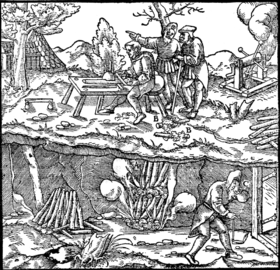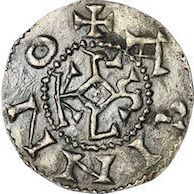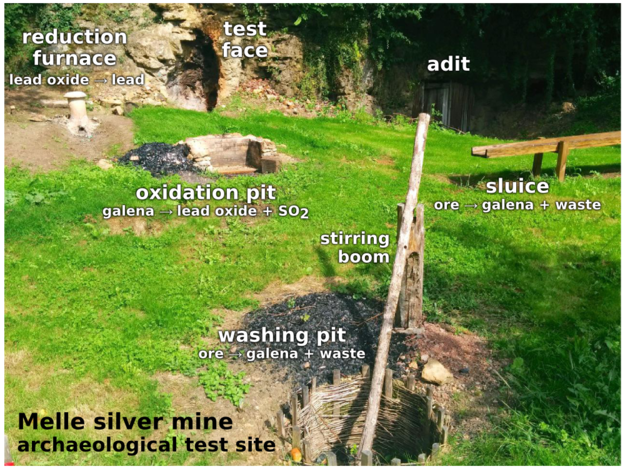What's happening at TRANSFORM?
/Last week, I laid out the case for naming and focusing on an open subsurface stack. To this end, we’re hosting TRANSFORM, an unconference, in May. At TRANSFORM, we’ll be mapping out the present state of things, imagining the future, and starting to build it together. You’re invited.
This week, I want to tell you a bit more about what’s happening at the unconference.
BYOS: Bring Your Own Session
We’ll be using an unconference model. If you come to the event, I ask you to prepare a 45 to 60 minute ‘slot’. You can do whatever you like in your slot, the only requirements are that it’s somewhat aligned with the theme (rocks, computers, and openness), and that it produces something tangible. For example:
Start with a short presentation, maybe two, then hold a discussion. Capture the debate.
Hold a brainstorming session, generating ideas for new technology. Record the ideas.
Host a short sprint around a piece of existing software, checking code into GitHub.
Research the available open tools for a particular workflow or file type. Report back.
Really, anything is possible. There’s no need to propose topics ahead of time (but please feel free to discuss them in the #transform channel on the Software Underground). We’ll be gathering all the topics and organizing the schedule for Monday, Tuesday and Wednesday on Sunday evening and Monday morning. It’s just-in-time conferencing!
After the unconference, then the sprints
By the end of Wednesday, we should have a very good idea of what’s in the open subsurface stack, and what is missing. On Thursday and Friday, we’ll have the opportunity to build things. In small team, we can take on all sorts of things:
Improving the documentation of a project.
Writing tutorials or course material for existing tools.
Writing tests for an old or new project.
Adding functionality to an old project, or even starting a new project.
By the end of Friday, we should have a big pile of new stuff to play with, and lots of new threads to follow after the event.
Here’s a first-draft, high-level view of the schedule so far…
















 Except where noted, this content is licensed
Except where noted, this content is licensed